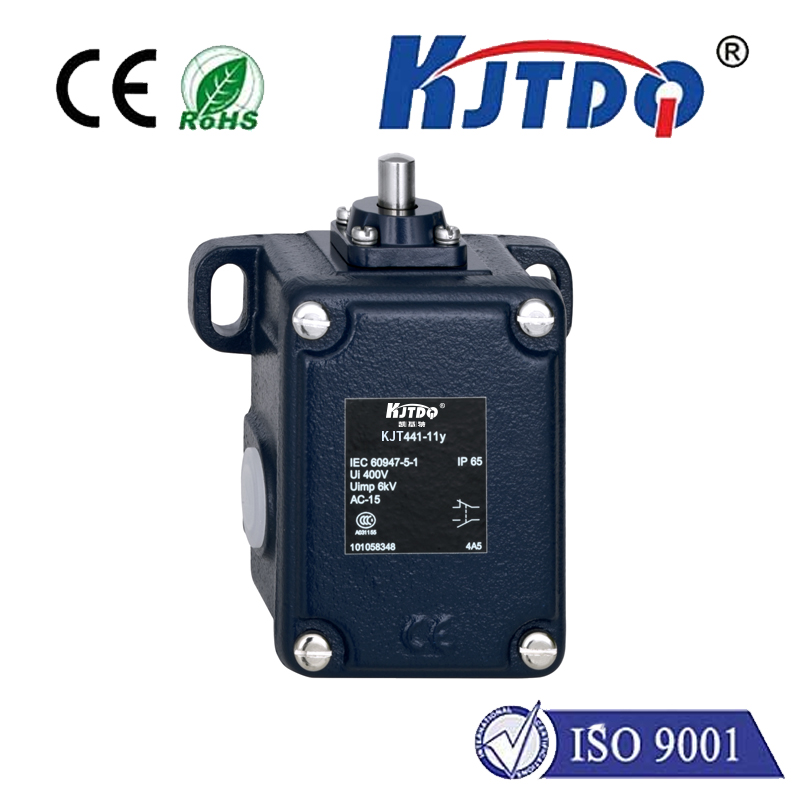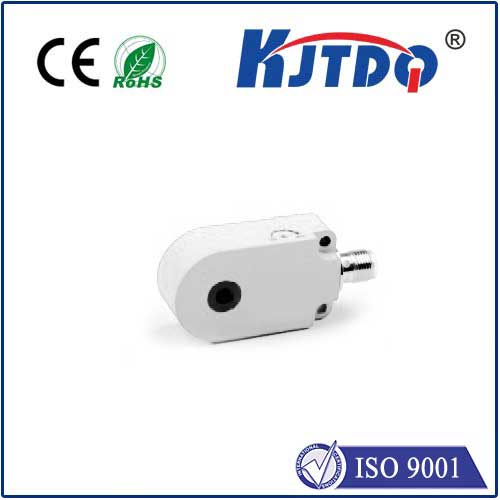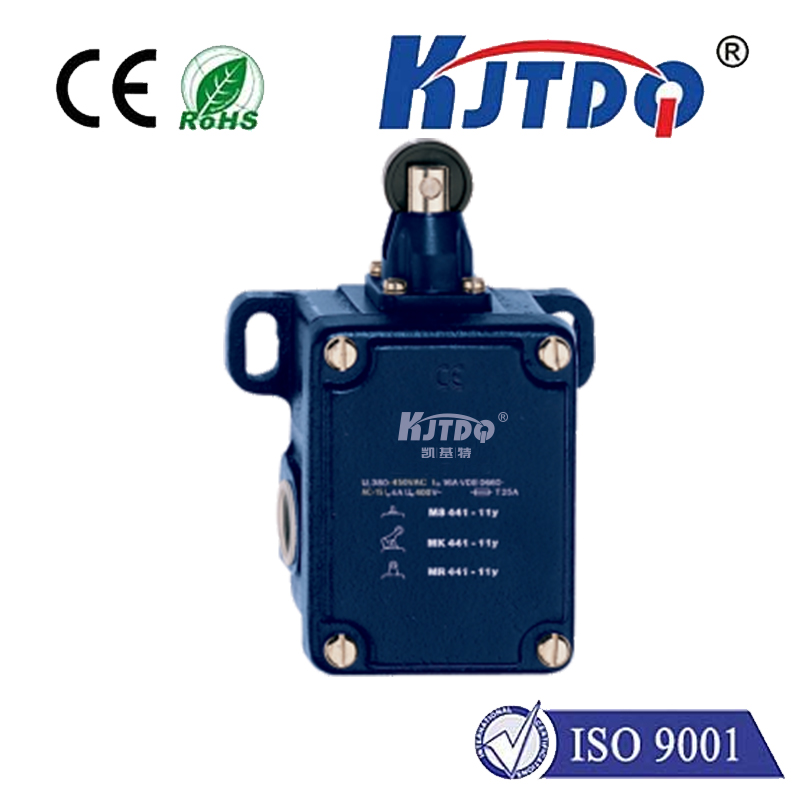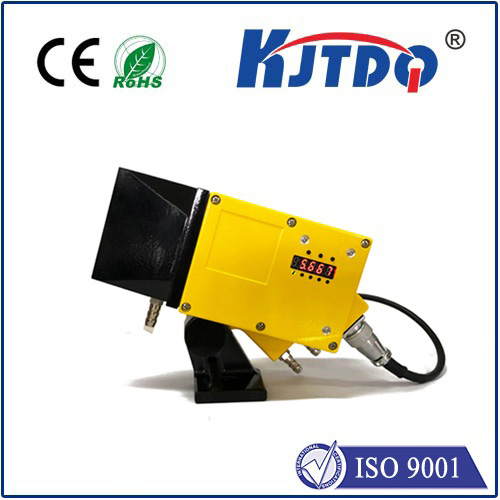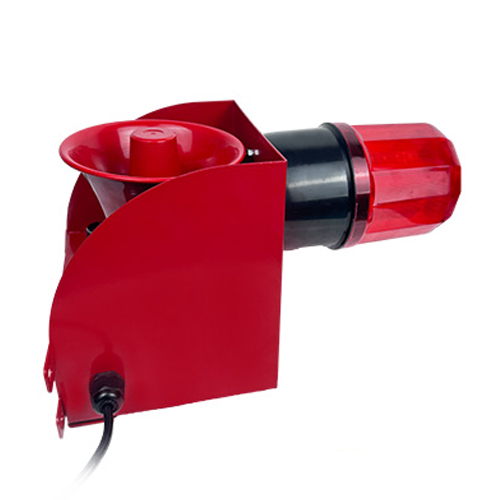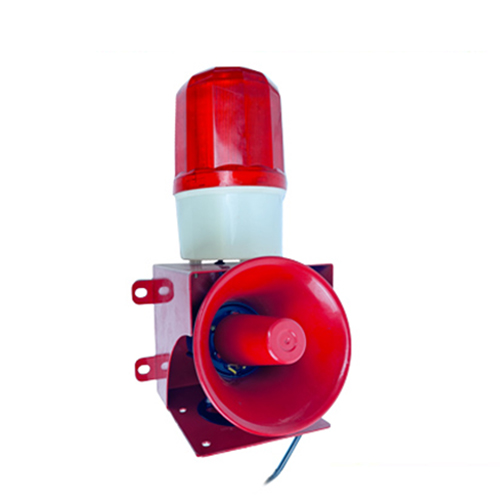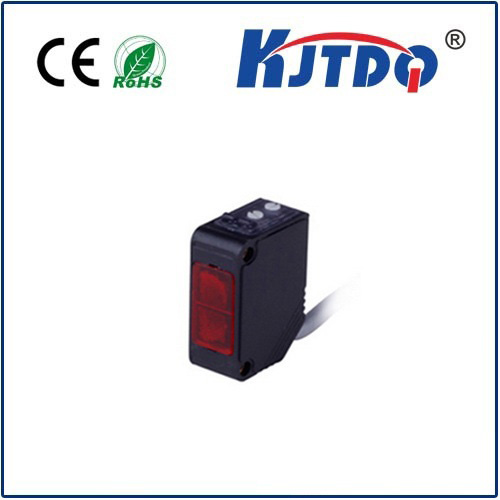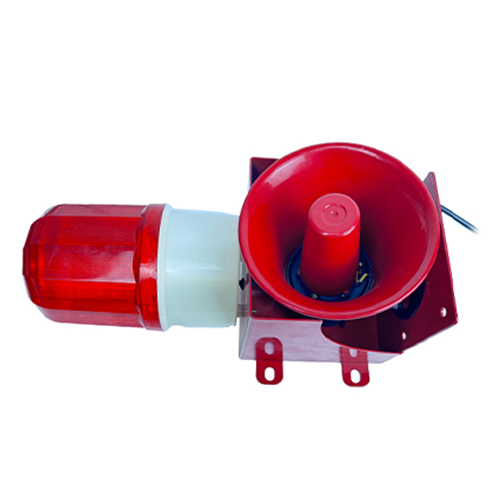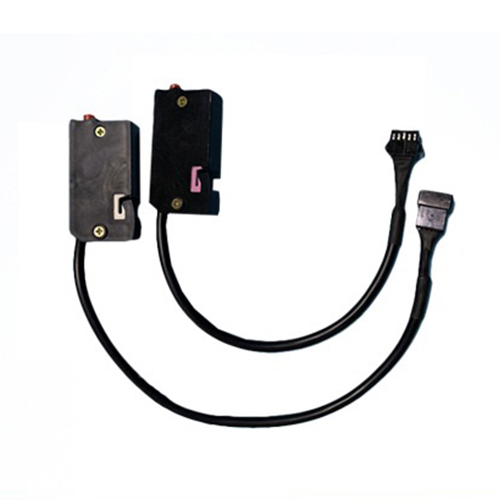low cost proximity sensor
- time:2025-07-13 00:28:12
- Click:0
Low Cost Proximity Sensors: Making Smart Detection Accessible for Every Project
Imagine adding touchless interaction to your DIY creations, automating a simple factory task without breaking the bank, or incorporating basic obstacle avoidance into a student robotics project. The barrier? Cost. Traditionally, sophisticated proximity sensing felt like premium technology. But the landscape is shifting dramatically. Low cost proximity sensors are revolutionizing accessibility, bringing reliable detection capabilities within reach of hobbyists, educators, startups, and cost-conscious industries. This article explores how affordable proximity sensing works, its diverse applications, and key considerations for implementation.
Demystifying the Magic: How Do Proximity Sensors Work (Affordably)?
At their core, proximity sensors detect the presence or absence of a nearby object without physical contact. The principle is simple: emit a signal (light, sound, electromagnetic field) and monitor changes in its return or interaction with the environment. Crucially, low-cost variants focus on proven, efficient technologies that leverage mass production and simplified designs:
- Photoelectric Sensors (Optical): Among the most prevalent and cost-effective. They use an infrared (IR) LED emitter and a phototransistor/photodiode receiver. When an object interrupts the light beam (beam break mode) or reflects light back to the receiver (reflective mode), the sensor triggers. Their simplicity, decent range for the price (a few cm to several meters), and immunity to non-reflective materials make them extremely popular for straightforward detection tasks.
- Infrared (IR) Reflection Sensors: A specific, often highly integrated, subset of photoelectric sensors. Frequently housed in compact modules (like the ubiquitous TCRT5000), they contain both emitter and receiver in one package. Ideal for very close-range detection (millimeters to centimeters), object presence on conveyors, or line-following robots. Their integration slashes component count and assembly costs.
- Capacitive Sensors: Detect changes in an electrical field generated by the sensor. When a conductive or even non-conductive object enters this field, it alters the capacitance, triggering detection. Low-cost capacitive sensors excel at detecting liquids, granular materials, plastics, woods, and human presence through thin non-metallic barriers – a unique capability among budget options.
- Inductive Sensors: Work on electromagnetic principles to detect metallic objects only. They generate an oscillating electromagnetic field; a nearby metal object induces eddy currents, damping the oscillation amplitude and triggering the sensor. While typically more expensive than basic photoelectric sensors for similar ranges, highly cost-optimized inductive sensors exist and are indispensable for metal detection in industrial automation where their robustness shines.
Where Savings Meet Practicality: Key Applications

The affordability of these sensors unlocks a vast array of possibilities:
- DIY Electronics & Hobby Projects: From touchless lamp switches and interactive art installations to simple robots detecting walls or objects. Low cost sensors empower makers to experiment and innovate without prohibitive expenses.
- Educational Kits: Robotics labs, STEM classrooms, and university engineering courses heavily rely on accessible sensors like IR reflection modules to teach core principles of automation, feedback loops, and programming.
- Appliance Control: Automatic soap/sanitizer dispensers, touchless faucets, and paper towel dispensers often use cost-effective capacitive or IR sensors for hygienic operation. Proximity detection adds convenience and hygiene at a manageable component cost.
- Basic Industrial Automation & Packaging: Counting objects on a conveyor belt (photoelectric beam-break), detecting fill levels in non-metallic containers (capacitive), verifying component presence before a process step (inductive or photoelectric). Integrating affordable sensors significantly boosts efficiency and reduces errors in simple processes.
- Security & Safety: Simple presence detection for alarm systems (e.g., breaking a light beam across a doorway), anti-pinch mechanisms in automated doors or gates using IR sensors. Cost-effective solutions enhance basic safety measures.
- Consumer Electronics: Smartphone screen on/off detection during calls (often IR proximity sensors), power-saving features in devices that detect user presence. Miniaturized, low-power, and cheap sensors are critical here.
Navigating the Trade-offs: Understanding “Low Cost”
“Low cost” inherently implies trade-offs. It’s vital to choose based on your specific needs:
- Range & Precision: Simple IR reflection sensors have very short ranges (cm). Basic photoelectric sensors offer longer ranges but may have less precision on reflective or dark surfaces compared to pricier laser variants.
- Environmental Factors: Dirt, dust, moisture, and ambient light can significantly impact the reliability of low-cost photoelectric sensors. Inductive sensors are robust but blind to non-metals. Capacitive sensors can be fooled by environmental moisture or conductive contaminants.
- Object Material: Inductive sensors only detect metal. Capacitive sensors detect most materials but may struggle with very small objects or require tuning. Photoelectric sensors work best on opaque objects; transparent objects like glass can be problematic for reflective modes.
- Output & Integration: Most budget sensors offer simple digital (on/off) outputs. Analog outputs (providing distance information) are rarer in the very cheapest bracket and require more complex interpretation. Ensure the output type (NPN/PNP transistor, open-collector) and voltage levels match your control system (Arduino, PLC, etc.).
- Consistency & Calibration: While reliable for many applications, manufacturing tolerances in cheap components might lead to slightly more variability in detection points compared to high-end sensors. Some calibration or threshold adjustment might be needed.
Choosing the Right Low Cost Proximity Sensor
Making the optimal choice involves asking key questions:
- What material is the target object? (Metal, plastic, liquid, human, cardboard?)
- What detection range is required? (Millimeters, centimeters, meters?)
- What is the operating environment like? (Clean/dirty, dry/wet, indoors/outdoors, ambient light levels?)
- What output signal is needed? (Simple on/off digital, analog voltage/distance?)
- What is the required mounting configuration? (Size constraints, sensing direction?)
- What is the absolute budget limit per sensor?
Beyond the Price Tag: Implementation Tips
- Read the Datasheet: Even for cheap sensors. Understand detection patterns, sensitivity adjustments, operating voltages, and environmental limits.
- Consider Interface: Digital sensors are generally plug-and-play with microcontrollers using a digital input pin. Analog sensors require an ADC (Analog-to-Digital Converter) input.
- Account for “Dead Zones”: Especially with reflective IR sensors, there’s often a minimum distance below which detection doesn’t work.
- Environmental Shielding: For photoelectric sensors, use shades/tubes to block ambient light interference. For capacitive sensors, ensure no unintended conductive materials are nearby.
- Debounce: Implement simple software debouncing to filter out electrical noise triggering rapid on/off signals.
Conclusion: Accessibility Unlocks Innovation
Low cost proximity sensors are no longer a compromise; they represent a powerful democratization of technology. By understanding the strengths and limitations of options like photoelectric, IR reflective, capacitive, and cost-optimized inductive sensors, developers, tinkerers, and engineers can integrate reliable proximity detection into projects that were once cost-prohibitive. This affordability fuels innovation across countless fields,












